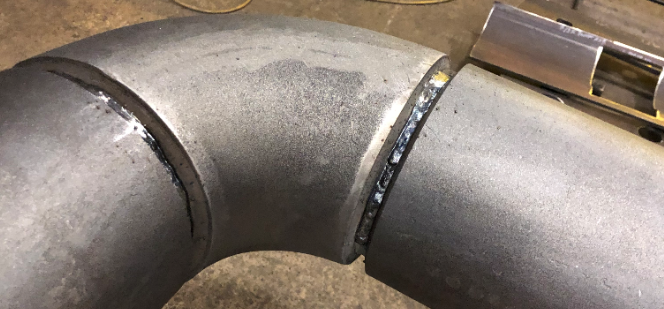Dangers of not Maintaining Proper Interpass Temperature

Last week we had the pleasure of working with a fabricator of pressure vessels in order to help them reduce manufacturing costs. As mandated by the ASME Boiler and Pressure Vessel Code this fabricator had welding procedure specifications (WPSs) and procedure qualification records (PQRs) in place. These were properly written, tested and documented. The WPS […]
